Winter Roofing Maintenance Tips: How to Protect Your Roof from Snow and Ice
October 01, 2024 | By A&J Roofing
As winter approaches, it's essential to prepare your home for the harsh weather conditions that come with the season. One crucial area that often gets overlooked is the roof. Snow and ice can wreak havoc on your roof if not properly maintained.
1. Winterize Your Gutters:
One of the most important steps in protecting your roof from snow and ice damage is winterizing your gutters. Clogged gutters can lead to water backup, which can cause leaks and even structural damage to your roof. Make sure to clean out any debris, such as leaves, twigs, and dirt, from your gutters before winter hits. You can also install gutter guards to prevent debris buildup and ensure proper drainage throughout the season.
2. Inspect Your Roof for Damage:
Before winter arrives, inspect your roof for any existing damage. Look for missing or damaged shingles, cracks, or gaps in the flashing and any signs of wear and tear. Addressing these issues before winter can prevent further damage when heavy snow and ice accumulate on your roof. If you notice any significant damage, it's best to contact a professional roofer to assess the situation and make necessary repairs.
3. Trim Overhanging Tree Branches:
Overhanging tree branches pose a significant risk to your roof during winter storms. Heavy snow and ice can cause branches to break off and fall onto your roof, potentially causing extensive damage. To prevent this, trim back any overhanging branches that are close to or touching your roof. By keeping trees trimmed away from your home, you can minimize the risk of tree-related damage during winter.
4. Prevent Ice Dams:
Ice dams are a common issue during winter that can cause water seepage into your home through the roof. To prevent ice dams from forming, make sure your attic is properly insulated and ventilated. This will help regulate the temperature of your attic space and prevent snow from melting on the roof unevenly. You can also use a rake or broom to safely remove snow buildup on your roof after each snowfall.
5. Schedule a Professional Inspection:
While DIY maintenance is essential for protecting your roof during winter, scheduling a professional inspection at least once a year is also crucial. A qualified roofer will be able to identify any potential issues that may not be visible to the untrained eye and provide recommendations for preventive maintenance or repairs. Investing in regular inspections can save you money in the long run by addressing small problems before they escalate into costly repairs.
Roofing Services in Lansing, MI
Winter can be tough on your roof, but with the right preparation and maintenance, you can protect your home from the harsh weather conditions. At A&J Roofing, we specialize in providing top-notch roofing services to homeowners in Lansing and Surrounding Areas. Whether you need a thorough roof inspection, essential repairs, or professional replace, our experienced team is here to help. Don't wait until it's too late – contact us today at (517) 294-4145 to schedule your winter roof maintenance and ensure your home stays safe and secure all season long. Visit our website or call us at (517) 294-4145 to learn more about our services and how we can assist you.
Categories: Roofing
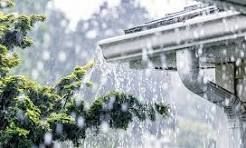

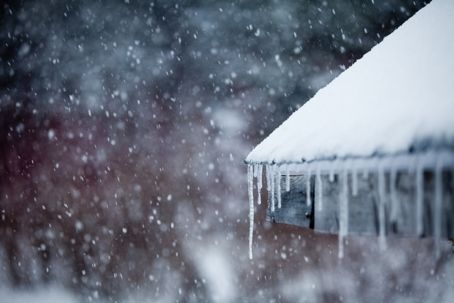
















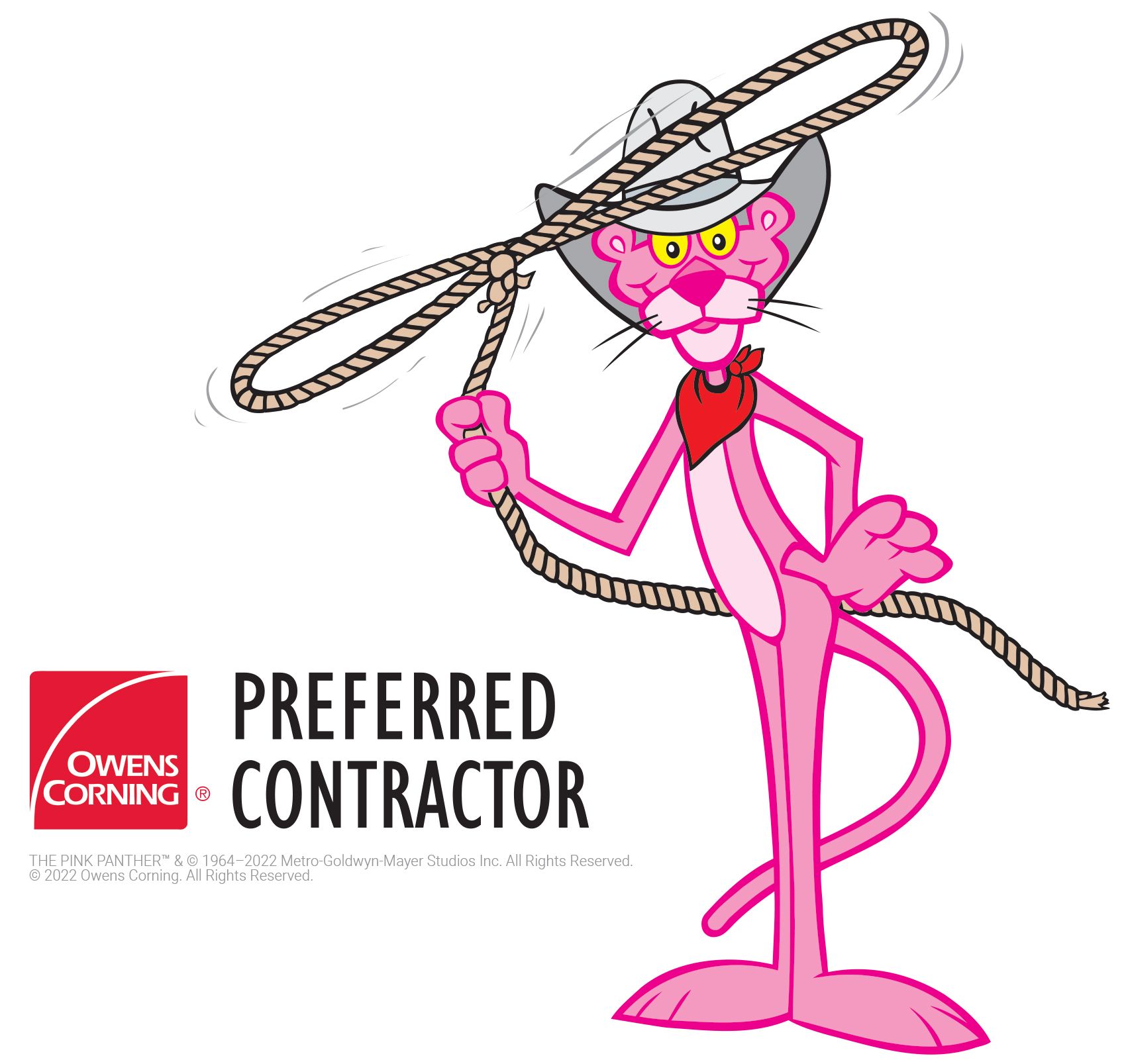


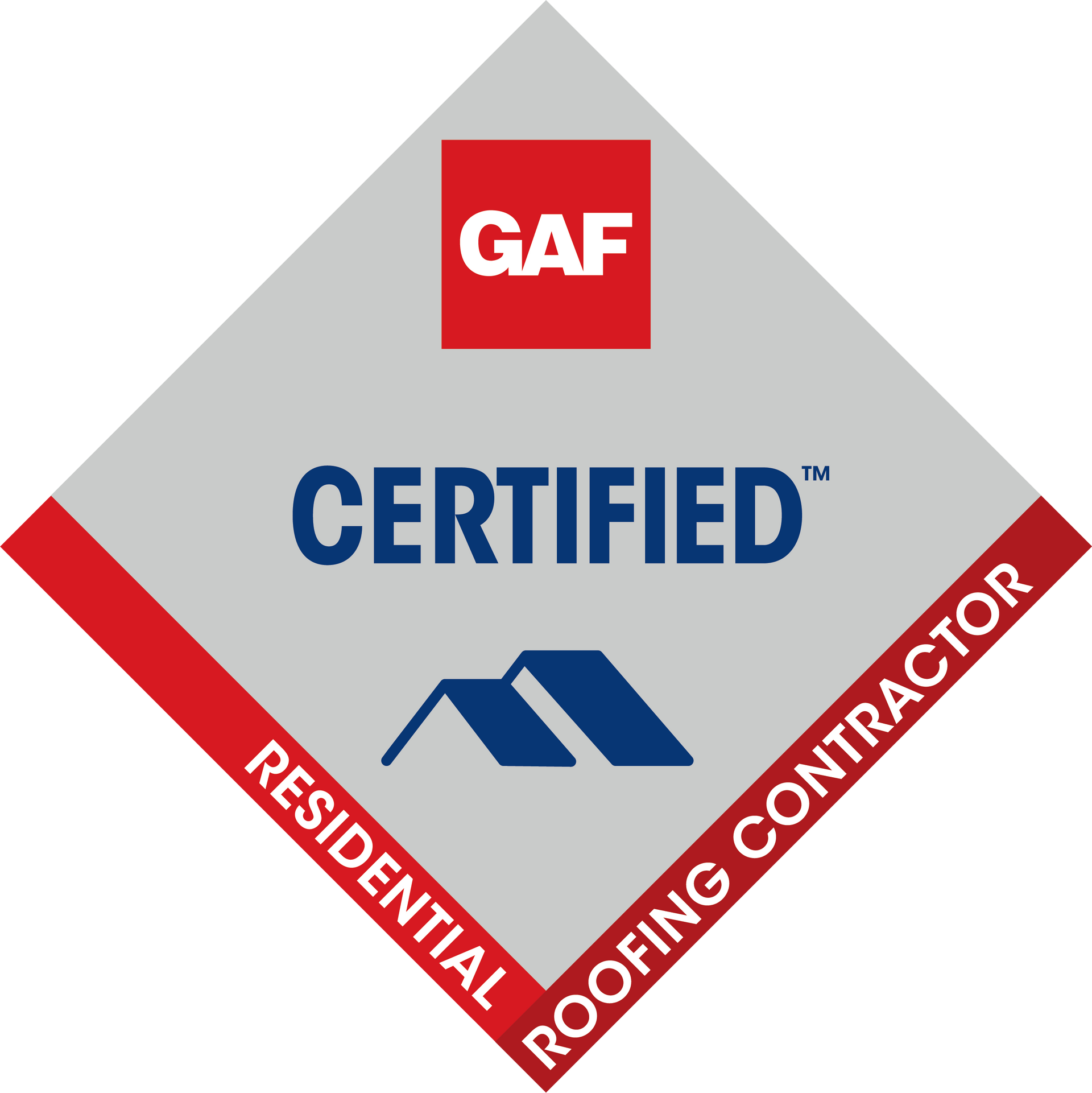

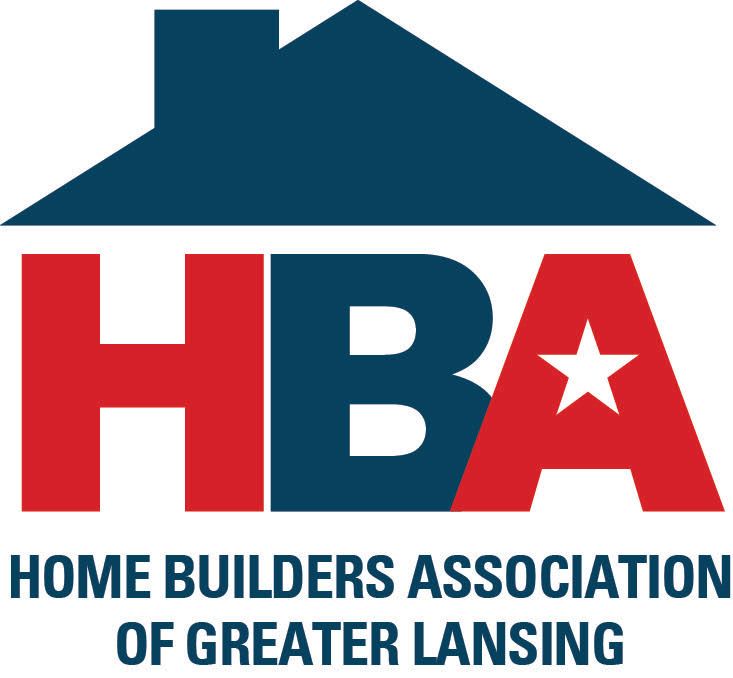

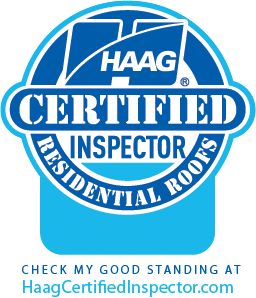
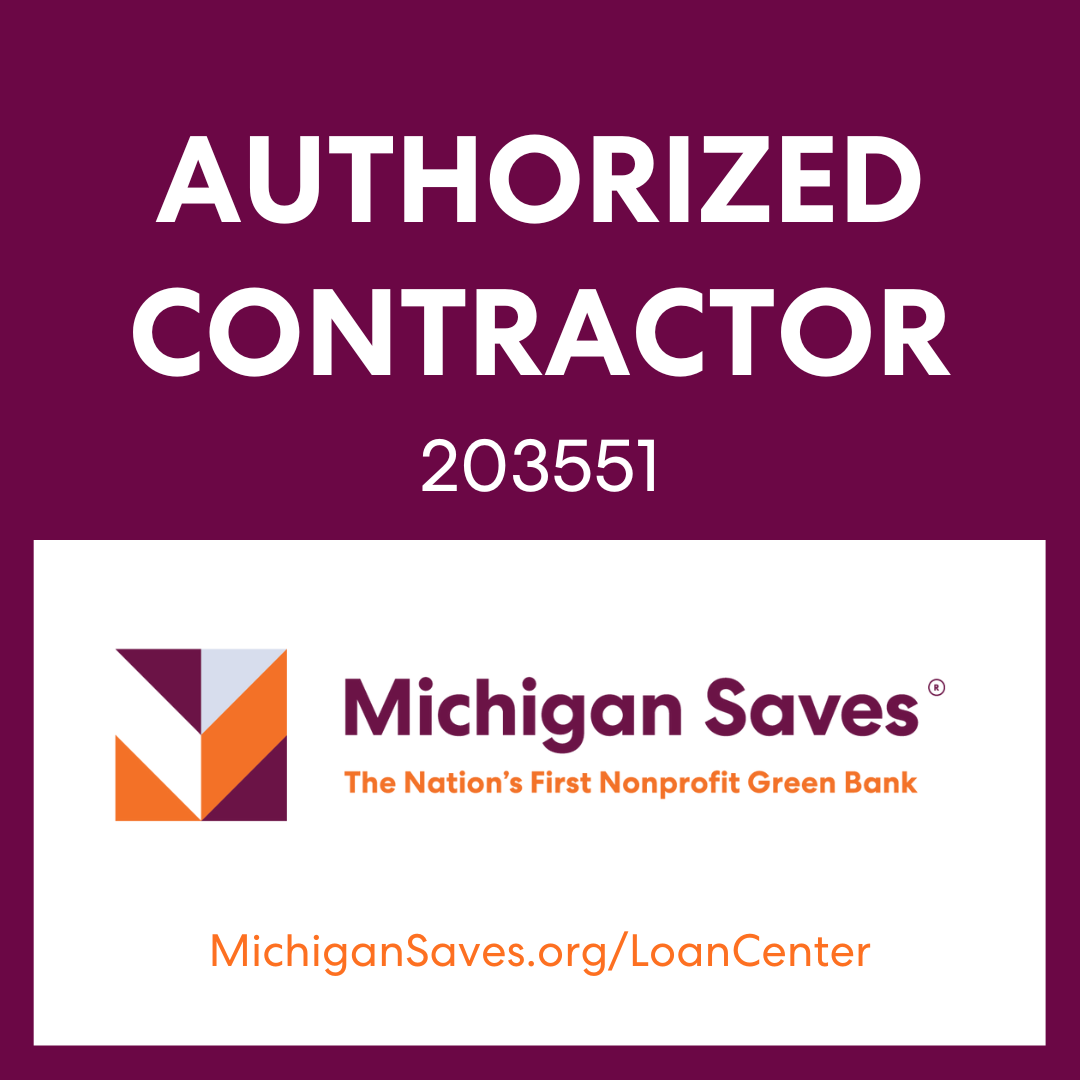


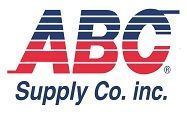





Share On: